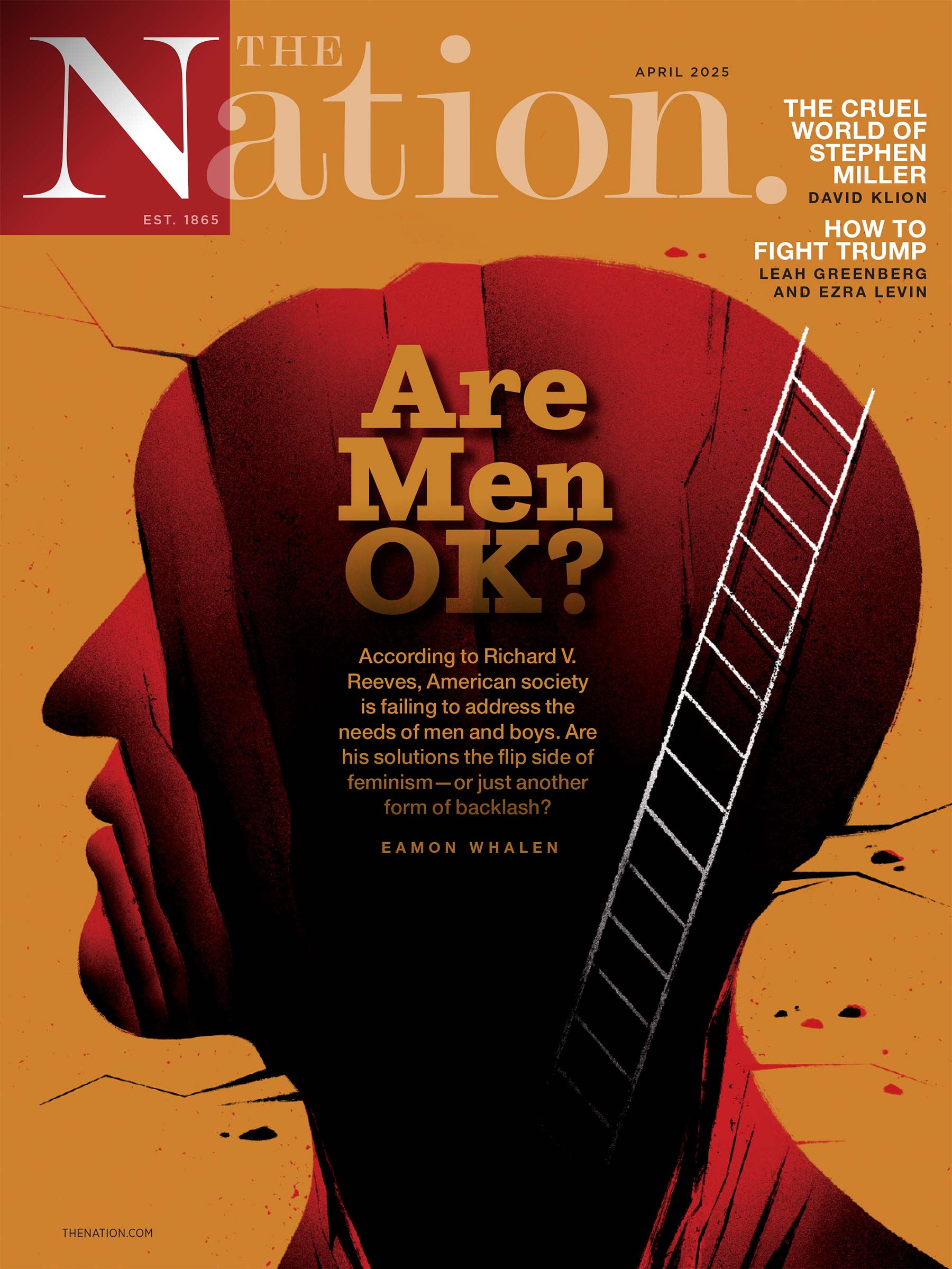Zachary Stauffer’s new film, Who Killed Lt. Van Dorn?, is a compelling story of how the dysfunction and greed of the military-industrial complex put US military personnel at risk, often with fatal consequences.
Hawks on Capitol Hill routinely argue that the Pentagon’s lack of funding is the primary cause of a series of accidents that have killed military aviators in recent years. Stauffer’s film refutes that assertion in frightening and exhaustive detail.
The film tells the story of Lt. Wesley Van Dorn, a 29-year-old Navy helicopter pilot whose MH-53E Sea Dragon helicopter crashed off the coast of Virginia in January 2014, killing Van Dorn and two other crew members. Two others were seriously injured.
Van Dorn had repeatedly raised issues about the safety of the aircraft, only to be stonewalled by officers higher up in the chain of command. After the crash, it came to light that numerous other crewman from 53Es had raised similar concerns over the years, only to be “belittled,” “humiliated,” and “slapped down,” in their own words. As Mike Hixenbaugh—who at the time of the crash was an investigative journalist for the Virginian-Pilot newspaper and had written extensively about the problems of the MH-53E—has noted, the tragedy of Van Dorn’s story is that it is about “a guy who sees a problem, tries to fix a problem, and the problem kills him.”
Van Dorn is not the only person who died needlessly in one of the two variants of the 53E—the Navy’s Sea Dragon, which does minesweeping duty, and the Marines’ CH-53E Super Stallion, which ferries troops and equipment in and out of war zones. As of June 2018, 132 people have died in over two dozen fatal accidents involving 53Es. Who Killed Lt. Van Dorn? attempts to answer how and why this was allowed to happen.
The heroine of the story is Van Dorn’s wife, Nicole, who pushed relentlessly for the Navy to explain the cause of the crash that killed her husband. She was aided in this effort by Hixenbaugh, whose stories have exposed the serious safety problems with the 53E. Nicole Van Dorn emphasized her husband’s frustration with the Navy: “He felt like no matter what he said or what he wrote or who he complained to nothing was changing.”
After a months-long investigation, the Navy finally acknowledged that the crash that killed Lt. Van Dorn was caused by faulty wiring. The coating of the wiring was worn through by chafing from a nylon tie that held a bundle of wires together. This, combined with a small hole that was worn into an adjacent fuel line to start the fire, was the cause of the accident.
Internal Navy reports uncovered in the wake of the crash showed that the service had known of the dangers caused by the wiring for years before the death of Lt. Van Dorn and his crew mates. The film includes footage of Nicole Van Dorn reading from a 1999 Navy report that describes a chafing incident eerily similar to the one that caused her husband’s death.
Retired Lt. Gen. Jon Davis, who took over as head of Marine aviation five months after the Van Dorn accident, acknowledged that the crashes of the 53E that have killed scores of military personnel are unacceptable. But he ultimately blamed the situation on a lack of funding for the Pentagon.
Pierre Sprey, a former aircraft designer and long-time Pentagon critic interviewed for the film, begs to differ with Lt. Gen. Davis: “The idea that we’re having maintenance and readiness problems just because the total defense budget isn’t big enough is ludicrous…. There’s plenty of money, but you can’t do what’s really needed by the people and buy all the glitzy toys that the Congress, the industry, and the generals want.” As Sprey further notes, “new stuff means big budgets.” And big budgets mean bigger profits, more high-paying jobs for high-ranking officers who leave the military to work for industry, and more campaign contributions and defense-related employment in the states and districts of key members of Congress.
There’s money to be made building immensely costly new fighter planes, aircraft carriers, and missile-defense systems, whether they are needed or not. And that funding too often comes at the expense of doing mundane but essential things like replacing faulty wiring or giving pilots adequate training hours.
As Sprey’s colleague, the long-standing and prescient Pentagon critic Franklin C. “Chuck” Spinney puts it, the current system is “making a lot of people rich. Everybody wins… except the soldier and the taxpayer.”
Every concerned citizen and every member of Congress should see this film. Lives depend on it.


